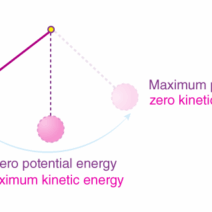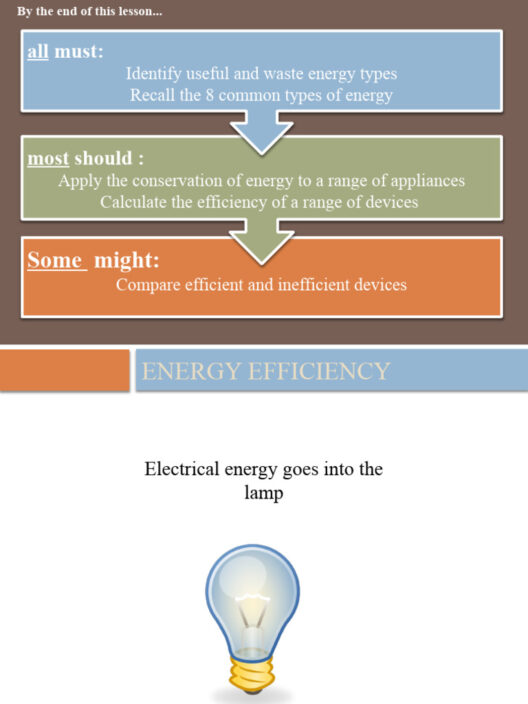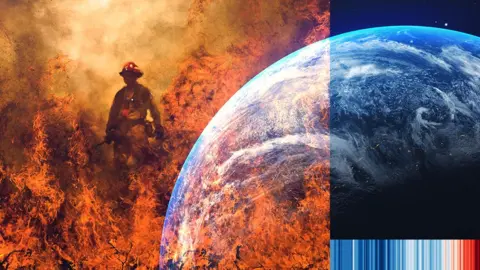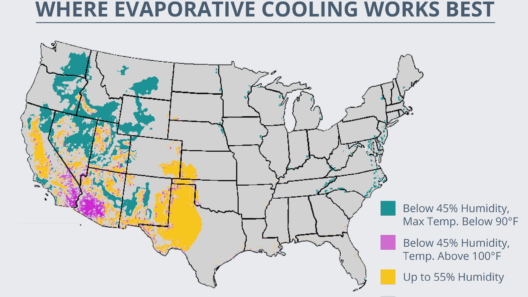Climate, an intricate tapestry of atmospheric phenomena, governs the ecosystems and cultures across our planet. The types of climate can be broadly categorized into several distinct regimes, each with its own idiosyncrasies. Every continent on Earth presents a unique atmospheric profile, shaped by geographical features, ocean currents, and solar radiation. This article delineates various climate types, providing illustrative examples from each continent, while addressing common observations about these environments and hinting at the deeper reasons for our fascination with them.
Broadly, climates can be classified into five primary zones: tropical, dry, temperate, continental, and polar. Each type possesses its own microclimates, resulting in diverse weather patterns, flora, and fauna. The factors influencing these climates include latitude, altitude, proximity to oceans, and prevailing winds, among others. Indeed, the relationships between these elements yield captivating outcomes worthy of exploration.
Tropical Climates
Tropical climates, characterized by elevated temperatures and high humidity levels, predominantly occur near the equator. These areas experience minimal temperature fluctuation throughout the year. The tropical rainforest climate (Af) is exemplary, boasting rich biodiversity. The Amazon rainforest in South America is a quintessential model, where lush vegetation thrives under consistent temperatures averaging 25°C to 30°C.
Conversely, the tropical savanna climate (Aw), found in regions such as East Africa, is defined by its wet and dry seasons. This climate supports iconic wildlife, from the majestic lion to the flamboyant flamingo. The interplay between drought and deluge fosters resilience in both plants and animals, thereby enhancing the ecological complexity of the landscape.
Dry Climates
Dry climates encompass arid and semi-arid zones, where precipitation is scant. The desert climate (BWh) exemplifies this type, showcasing dramatic temperature disparities between day and night. The Sahara Desert, the largest hot desert in the world, is emblematic. Despite its harsh environment, the Sahara harbors an array of specialized life forms that reflect nature’s ingenuity.
In contrast, the steppe climate (BSk) is characterized by more moderate precipitation, ideal for grasslands. Regions like the Great Plains of North America exhibit a semi-arid profile, supporting grazing animals and agricultural endeavors. These ecosystems thrive under careful stewardship, demonstrating a delicate balance between humanity and nature.
Temperate Climates
Temperate climates are marked by moderate temperatures and distinct seasons. The humid subtropical climate (Cfa), epitomized by the Southeastern United States, showcases hot summers and mild winters, with ample rainfall distributed throughout the year. This climate supports diverse ecosystems, from the verdant Appalachian Mountains to the sprawling wetlands of Florida.
Conversely, the Mediterranean climate (Csa) is characterized by hot, dry summers and mild, wet winters. Regions like Southern California exhibit this climatic pattern, fostering agriculture that specializes in fruits and vegetables. The phenomenon of the ‘Mediterranean diet’ stems from this climate, reflecting how environmental factors shape human culture.
Continental Climates
Continental climates often appear in regions farther from oceanic influences, resulting in a wide temperature range between seasons. The humid continental climate (Dfa), prevalent in the northeastern United States and much of Europe, experiences warm summers and frigid winters. Cities like Chicago serve as exemplars of this climate, where snow-laden winters contrast sharply with sweltering summer heat.
Additionally, the subarctic climate (Dfc) presents extreme conditions, found in areas like parts of Canada and Siberia. Here, winters are prolonged and harsh, compelling both flora and fauna to develop unique adaptations for survival. The tenacity of life in these regions is a testament to nature’s resilience and versatility.
Polar Climates
Polar climates, located at the extreme latitudes of Earth, are characterized by their icy conditions and limited flora. The tundra climate (ET) is found in areas like northern Alaska and Siberia. It features short summers and long and arduous winters, where permafrost dominates the landscape. Despite the inhospitable conditions, organisms such as the Arctic fox and migratory birds demonstrate remarkable adaptations.
On the other hand, the ice cap climate (EF), encapsulated by places like Antarctica, is devoid of indigenous vegetation. These regions provide crucial insights into Earth’s history, climate shifts, and the impacts of contemporary climate change. The fragility of polar ecosystems serves as a stark reminder of humanity’s responsibilities towards environmental stewardship.
Conclusion
The diversity of climate types and their corresponding ecosystems elucidates the intricate relationship between the Earth’s atmospheric conditions and biological life. From the humid rainforests of the tropics to the frigid expanses of the polar regions, each climate not only fosters unique forms of life but also shapes human civilization in profound ways. The extraordinary adaptability of flora and fauna, combined with the striking contrasts presented by various climate zones, captivates the imagination. As climate change looms larger, understanding these climate types becomes crucial to fostering ecological stewardship, preserving biodiversity, and ensuring the sustainability of our planet. Ultimately, the study of climate is not merely an academic pursuit; it is a vital endeavor to comprehend the ever-evolving narratives of our world.








